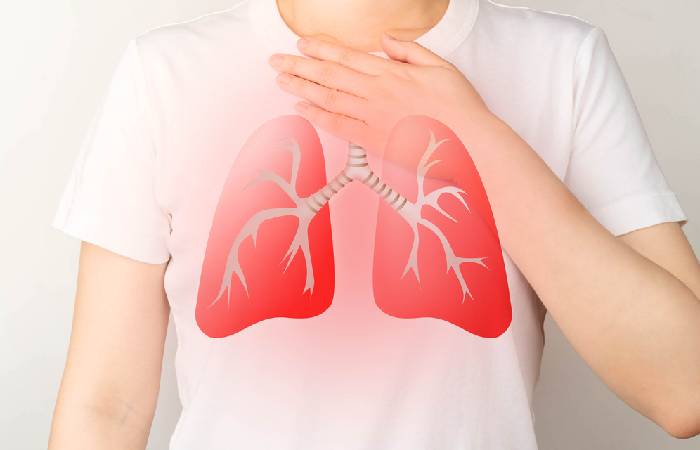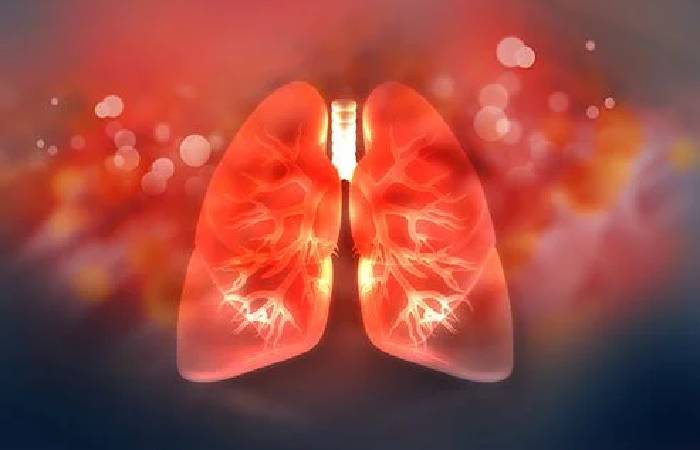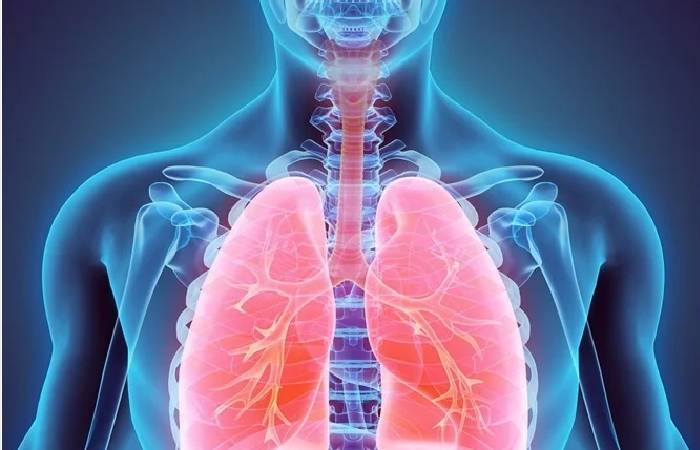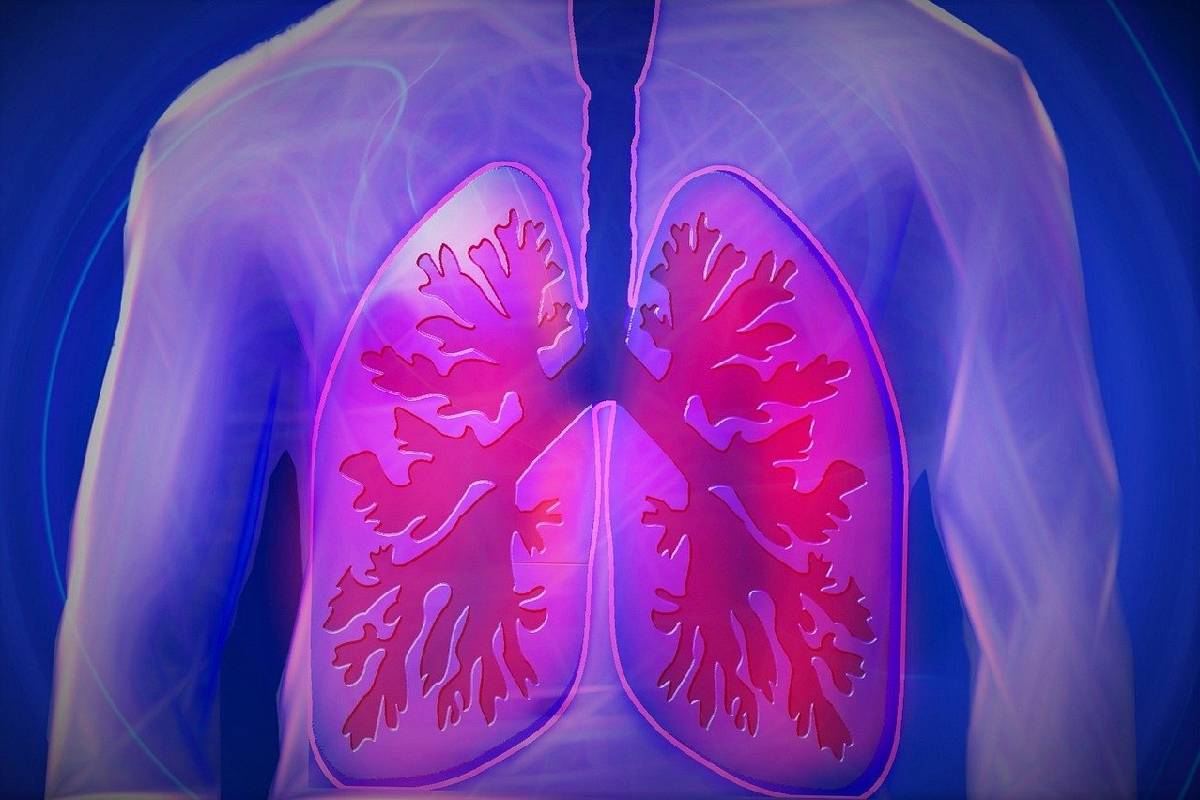Table of Contents
What is COPD?
Chronic obstructive pulmonary disease is usually known as COPD. And it’s a group of liberal lung diseases. And the most common of these diseases are emphysema and chronic bronchitis. Unfortunately, many people with COPD have both conditions.
Emphysema slowly destroys the air sacs in the lungs, blocking airflow outside. In addition, bronchitis causes inflammation and narrowing of the bronchial tubes, allowing mucus to build up.
It’s estimated that approximately 30 million people in the United States have COPD. But, unfortunately, half of them don’t realize they have it.
Untreated COPD can cause faster disease progression, heart problems, and worsening respiratory infections.
What are the Symptoms of COPD?

It makes it hard to breathe. Symptoms may initially be mild, beginning with an intermittent cough and shortness of breath. As it progresses, the symptoms may become more constant, and breathing becomes increasingly difficult.
You may feel wheezing and chest tightness or excessive sputum production. Some people with it take acute exacerbations, exacerbations of severe symptoms.
Early symptoms
At first, the symptoms of COPD can be pretty mild. But, then, you can confuse them with a cold.
Early symptoms include:
Infrequent shortness of breath, especially after exercise
Mild but recurring cough
The need to clear your throat frequently, especially first thing in the morning
You can begin to make subtle changes, such as avoiding stairs and skipping physical activities.
Worsening of symptoms
Symptoms can get progressively worse and more difficult to ignore. As the lungs become extra damaged, you may experience the following:
Shortness of breath even after light exercise, such as climbing stairs
Wheezing, which is a louder type of breathing with a higher pitch, especially during exhalations
Chest tightness
Also, chronic cough with or without mucus
You need to remove mucus from your lungs each day
Frequent colds, flu, or extra respiratory infections
And lack of energy
In the later stages of COPD, symptoms may also include:
Exhaustion
Swelling of the feet, ankles, or legs
Weight loss
If you already smoke or are regularly exposed to secondhand smoke, your symptoms will likely be much worse.
What Causes COPD?

The most incredible people with COPD are at least 40 years old and take at least some smoking history. The longer and the more tobacco products you smoke, the higher your risk of it.
In addition, cigarette smoke, pipe smoke, and secondhand smoke can cause it. Your risk of COPD is even higher if you have asthma and smoke.
Other reasons
You can also develop COPD if exposed to chemicals and fumes at work. In addition, prolonged exposure to air pollution and dust inhalation can also cause COPD.
In emerging countries, along with tobacco smoke, homes are often poorly publicized, forcing families to breathe vapours from burning fuel for cooking and heating.
There can cause a genetic predisposition to develop COPD. For example, about 5 per cent of people with COPD have a deficiency of a protein called alpha-1-antitrypsin.
This deficiency causes deterioration of the lungs and can also affect the liver. There may also be other associated genetic factors at play.
Diagnosis of COPD

There is no single test for COPD. Instead, diagnosis is based on symptoms, physical examination, and diagnostic test results.
When you go to the doctor, be sure to talk about all of your symptoms. Tell your doctor if:
you smoke or take smoked in the past
you are exposed to lung irritants while working
And are exposed to too much secondhand smoke
you take a family history of it
Also, you have asthma or other respiratory conditions
Are taking over-the-counter or prescription medications

